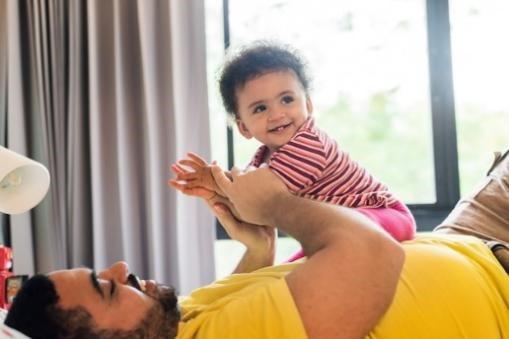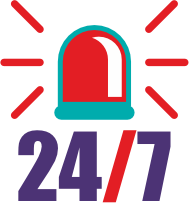Baby Growth Tracker
Developmental Milestones of a 6-Month old child
Babies grow rapidly and by the time your little one reaches six months, you'll see remarkable changes in their physical and mental abilities. Each day brings new discoveries, and it's a joy to witness your baby's progress. Let's explore some typical milestones your baby may reach by this age:

Achieved Developmental Milestones
- Improved grasping: Your baby can now grasp objects using all fingers, and they may start using their palm to hold objects in hand.
- Independent sitting: Your baby can sit upright without support and may even try to sit up on their own.
- Introduction to solid foods: Your baby is ready to explore a variety of semisolids, fruits and vegetables, expanding their diet.
- Enhanced vision: Your baby's vision improves, allowing them to differentiate between more colours and perceive depth better.
- Better sleep patterns: Your baby may have longer stretches of uninterrupted sleep at night, resulting in fewer night time feedings.
- Reaching for objects: Your baby can reach out to grab objects within their reach.
- Rolling in both directions: They can roll over from their back to their tummy and vice versa.
Cognitive Development
- Curiosity: Your baby becomes more curious and eager to explore their surroundings.
- Sound imitation: They start mimicking sounds they hear and may respond when called by their name.
- Basic communication: Your baby begins babbling and may make sounds in response to conversation.
Physical Development:
- Improved coordination: Your baby's hand eye coordination improves, allowing them to handle objects with more precision.
- Independent sitting: Strong back muscles enable your baby to sit up without assistance.
- Grasping objects: They can grasp small objects using all
fingers.
Communication Skills:
- Response to sounds: Your baby reacts to different sounds by making sounds of their own.
- Babbling: They start babbling and may take turns making sounds with you or other family members.
Sleep Patterns and Senses
- Longer sleep stretches: Your baby sleeps for longer periods at night, with fewer interruptions.
- Exploration of textures: Your baby enjoys touching and feeling different textures, objects, and surfaces.
- Visual development: They are attracted to bright, bold colors and can hold objects with both hands.
Social and Emotional Development
- Recognition of familiar faces: Your baby can identify familiar faces and may express joy or discomfort in response to different situations.
- Enjoyment of play: They show interest in playing with caregivers and siblings.
- Varied expressions: Your baby displays a range of facial expressions to convey different emotions.
When to Seek Help:
If your baby is
not meeting these milestones or shows signs of developmental delays, such as
difficulty sitting or not responding to sounds, it's essential to consult with
a pediatrician.
Tips for Parents
- Tummy time: Encourage your baby to spend time on their tummy to strengthen their muscles.
- Interaction and playtime: Engage in conversations and play activities to stimulate your baby's listening skills.
- Outdoor exposure and reading: Take your baby outdoors and read colourful books to stimulate their vision.
- Social interaction: Allow your baby to interact with new faces and people to develop social and communication skills.
While most babies achieve these milestones by six months, it's essential to monitor your baby's development and seek professional guidance if needed.






